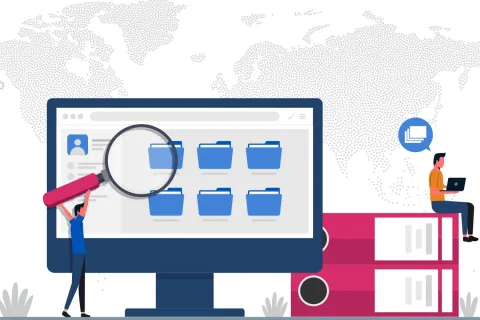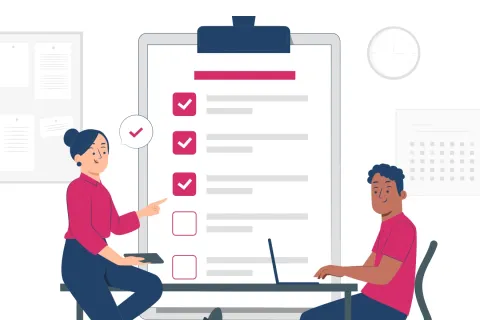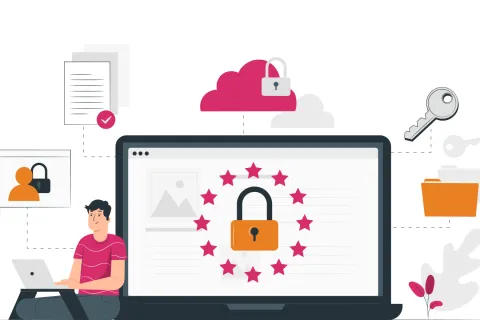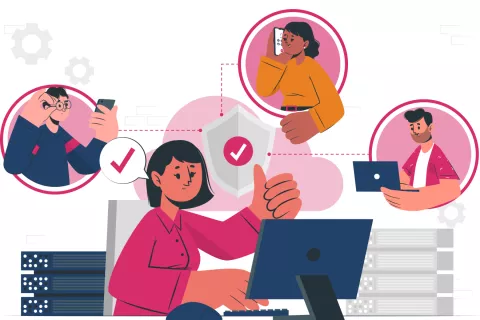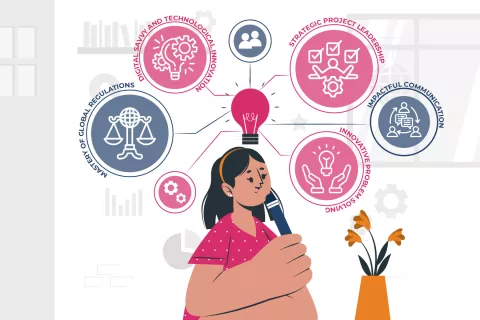
In September 2022, the USFDA released a revised technical conformance guide for electronic Common Technical Document (eCTD) v4.0. The guide provides specifications, recommendations, and general considerations while submitting eCTD-based electronic submissions to the Center for Biologics Evaluation and Research (CBER) or the Center for Drug Evaluation and Research (CDER). The guide also implements the electronic submission requirements of Section 745A(a) of the Federal Food, Drug, and Cosmetic Act (FD&C Act). It provides technical recommendations to applicants and sponsors for the standardized electronic submission format with respect to:
- Investigational New Drug (IND) Applications
- New Drug Applications (NDAs)
- Abbreviated New Drug Applications (ANDAs)
- Biologics License Applications (BLAs)
- Master Files
This latest document version includes section 2.1, Forward Compatibility from eCTD v3.2.2 to eCTD v4.0, which replaces section 1.8, Transition Mapping Message. Forward Compatibility section enables life cycle and document reuse of v3.2.2 content to streamline the conversion of eCTD v3.2.2 applications to eCTD v4.0. The USFDA has updated eCTD v4.0 regional documentation to incorporate Forward Compatibility. The conversion will not be implemented in the first phase of eCTD v4.0 implementation in 2023. Only new applications in eCTD v4.0 format will be accepted.
Forward Compatibility Requirements and Recommendations
The applicant must take into consideration the following submission requirements and recommendations while converting eCTD v3.2.2 to eCTD v4.0:
- While submitting the first eCTD v4.0 sequence, the next available sequence number of the v3.2.2 dossier must be submitted as a whole number. For instance, if the last eCTD v3.2.2 message has a sequence number - “0003”, the first eCTD v4.0 submission unit will be sequence number “4”.
- Submissions must be coded as per the current Regulatory activity. The initial sequence number must link the submission to the v3.2.2 Regulatory activity if the submission is a continuation of open Regulatory activity. The v3.2.2 sequence number should only be submitted to the first eCTD v4.0 submission for the open Regulatory activity.
- Once the v4.0 submission unit has been received for an application, all future sequences must be sent in v4.0 only, i.e., a v3.2.2 message received after the initial v4.0 message is received will be rejected.
- v3.2.2 applications included in any eCTD v4.0 grouped submission will be converted to v4.0 messages.
- Keyword codes and values must match while submitting v4.0 content that must be grouped with v3.2.2 content.
- Especially in the case of grouped submissions, consider a strategy across applications for sender-defined keywords. Keyword definitions must be established before or during the submission of a grouped submission in eCTD v4.0.
- Understand specific requirements that require changes to the current eCTD v3.2.2 attributes provided. For instance, requirements for study id and study title.
Here are a few other requirements the submitter should take into consideration for life cycle and document reuse:
- The “Leaf Reference” is used for the life cycle and reuses v3.2.2 content.
- Document reuse includes the content that is previously submitted in eCTD v3.2.2 within or across applications, including applications that have not been converted to eCTD v4.0.
- Life cycle
- The life cycle of submission content is allowed only for active leaf elements (i.e., content that is in the current view).
- To inactivate, suspend eCTD v3.2.2 content within the application.
- While replacing v3.2.2 content, v4.0 context group life cycle rules must be followed; the headings and attributes remain the same while replacing content by sending the same values in the new eCTD v4.0 keyword and context of use.
To conclude, sponsors and applicants must understand the technical requirements and recommendations prescribed in the guide for compliant submissions. Consult our experts today and avoid Regulatory shortfalls in the submission path with Freyr SUBMIT PRO, a smart, cloud-based eCTD software for creating, validating, and publishing the eCTD Submissions data. The software makes the complete eCTD submission process hassle-free with the inbuilt eCTD validator, PDF manager, submissions tracker, and HA query management tool.
Learn more on how Freyr is enabling life science companies digitally transform with compliant Regulatory tools.

